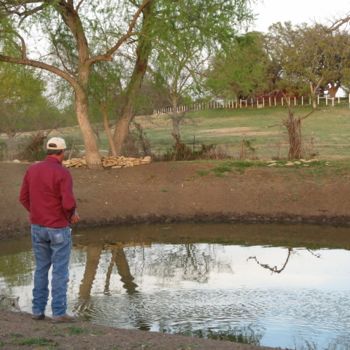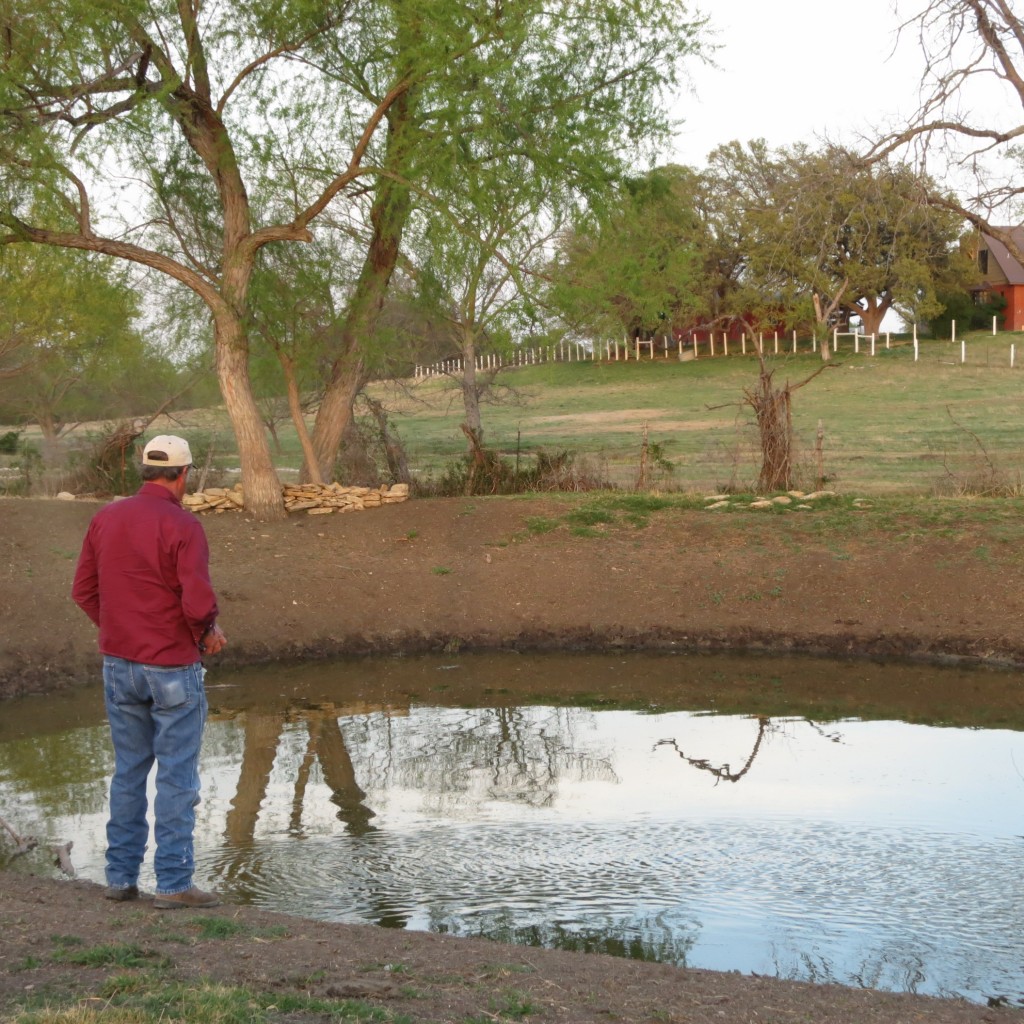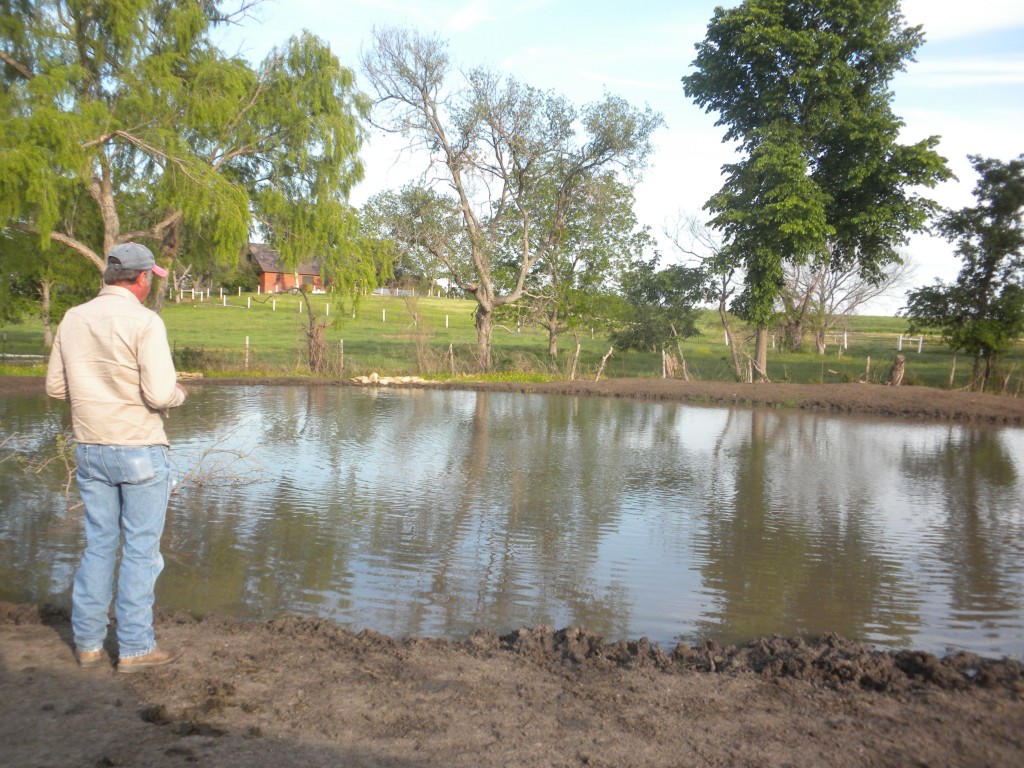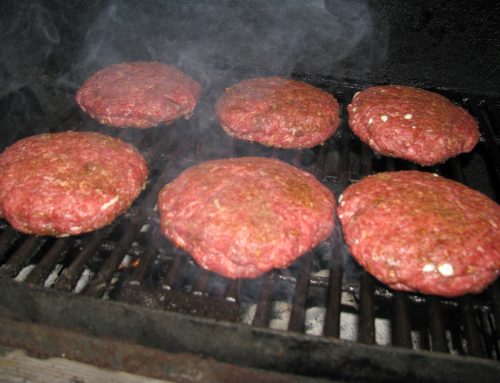By Jessica Domel
When I was in high school, my dad often said that in the coming years our country wouldn’t fight over oil or money, we’d fight over a resource that is much more scarce and valuable–water.
I hadn’t thought about him saying that until the other day when I was visiting our family farm. My dad took me on an ATV ride through our pasture to feed the fish he’d stocked in three of our family’s tanks. When we arrived at the first tank, I couldn’t believe my eyes.
Having seen the pond on a daily or weekly basis, my dad wasn’t as shocked as I was, but what I saw, to me, was alarming. The tank level had dropped at least a foot, if not more, over the past year. I’m not sure how the fish were surviving.
This is what it looked like over Easter weekend of this year:
This is what the same pond looked like over Easter weekend in 2012:
The more I stare at these two photos, the more I realize how hard the drought has hit our Texas farmers–and our water supplies.
Our tanks are used by the cattle and other wildlife as a water source, and occasionally my relatives go fishing in them, but that’s about it. What happens when this lower tank finally runs dry? Thankfully, a year or two ago, it was dry enough that my family had the other two tanks on our farm cleaned out so the natural water seeps would fill the ponds to provide water for the cattle. The lower two ponds look like the first picture–almost dry. Only the largest tank–the one that I fished in when I was little–still has a substantial amount of water in it.
It makes me wonder how many other farmers and ranchers across the state are fighting the same battle with shrinking water resources. The number can’t be small.
So what do we do?
I’m told we pray for rain. And we work to conserve water–perhaps by watering less, ensuring dishwasher loads and washing machine loads are full and by washing our cars less often. After all, we’re all bearing the burden of this drought together.












[…] The next time it starts to sprinkle, think of rain from a farmer’s perspective… […]